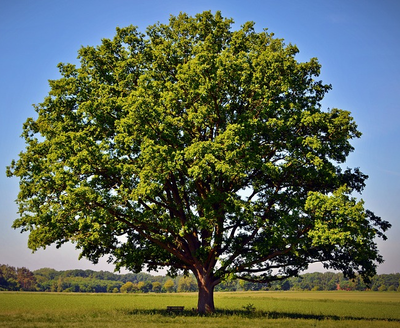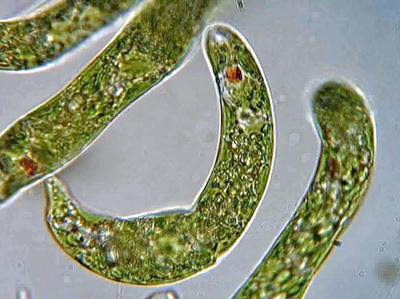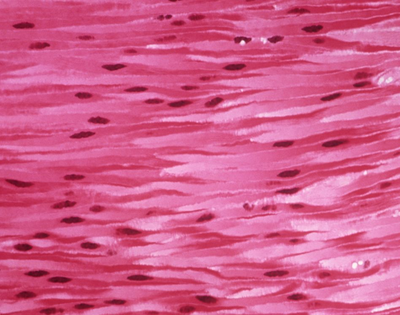Contents
Key Stage 2
Meaning
MRS GREN is a memory tool to help remember what makes something alive.
MRS GREN
If something is Alive is must be able to:
- Move - To change direction.
- Respire - Get energy from food.
- Sense - To be able to respond to changes in the environment.
- Grow - Get get bigger.
- Reproduce - To make copies of itself.
- Excrete - To get rid of waste products.
- Nutrition - To take in new materials for growth and repair.
Examples
|
|
Key Stage 3
Meaning
MRS GREN is an acronym used to help remember the criteria for something to be considered alive.
About MRS GREN
MRS GREN stands for:
- Movement - All living creatures can change direction when moving.
- Respiration - All living creatures can get energy from food.
- Sensitivity - All living creatures can respond to changes in the environment.
- Growth - All living creatures can get bigger by taking on new material.
- Reproduction - All living creatures can make copies of themselves.
- Excretion - All living creatures can get rid of waste materials.
- Nutrition - All living creatures can take on new materials for movement, growth and repair.
Examples
|
The picture shows a micro-organism called a Euglena.
|
This picture shows many muscle cells.
|



